"Freedom is not given—it is taken."
Subhas Chandra Bose, fondly remembered as Netaji, stands as one of the most iconic leaders in India’s freedom struggle. A visionary, patriot, and revolutionary, he pursued independence with relentless passion. Bose’s indomitable spirit, strategic acumen, and ability to inspire millions transformed the course of India’s fight against British rule. Unlike the non-violent path preferred by Mahatma Gandhi, Netaji chose a radical approach, believing in armed resistance to achieve liberation.
In this blog, we explore the life, ideologies, contributions, and lasting legacy of this extraordinary nationalist
Early Life and Education
Born on January 23, 1897, in Cuttack, Odisha, Bose hailed from a well-off Bengali family. His father, Janakinath Bose, was a lawyer, and his mother, Prabhavati Devi, was deeply religious. Subhas exhibited exceptional intelligence and leadership skills from a young age. After excelling in his matriculation exams, he joined Presidency College, Kolkata, where he was influenced by the teachings of Swami Vivekananda and Ramakrishna Paramahamsa.
Despite securing the fourth rank in the Indian Civil Services (ICS) Exam, he declined the prestigious offer, stating that serving the British Empire was against his principles.
Political Career and Ideological Differences
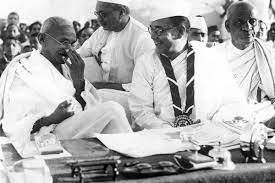
"It is blood alone that can pay the price of freedom. Give me blood, and I will give you freedom."
Bose’s entry into the Indian National Congress (INC) marked the beginning of his political career. Guided by Chittaranjan Das, he quickly rose through the ranks. By 1923, he became the President of the All India Youth Congress and the Secretary of the Bengal State Congress. During the Civil Disobedience Movement, Bose was imprisoned several times, yet his resolve only grew stronger.
While Mahatma Gandhi championed non-violence, Bose advocated for direct confrontation with the British. This ideological rift became evident during the 1939 Tripuri Congress Session, where Bose defeated Pattabhi Sitaramayya, a candidate supported by Gandhi, to become the INC President for a second time. However, due to lack of support from the Gandhian faction, he resigned and formed the All India Forward Bloc, aiming to unite radical elements within the Congress.
Formation of the Indian National Army (INA)

One of Bose’s most significant contributions to India’s freedom struggle was the formation of the Indian National Army (INA). After escaping house arrest in 1941, he sought assistance from Axis powers—Germany and Japan. In 1943, with Japanese support, he revived the INA, initially founded by Rash Behari Bose, and took its command. The INA comprised Indian prisoners of war and expatriates living in Southeast Asia.
Under Bose’s leadership, the INA marched towards India with the famous slogan, “Delhi Chalo” (March to Delhi). Although the campaign faced setbacks due to adverse conditions and eventual Japanese defeat in World War II, it inspired widespread nationalist fervor in India.
Key Ideologies of Subhas Chandra Bose
Complete Independence: Unlike the dominion status sought by some leaders, Bose envisioned total political and economic freedom from British rule.
Militant Nationalism: He believed that freedom could only be achieved through armed struggle and mobilization of the masses. His famous words, “Give me blood, and I shall give you freedom!”, reflect this ideology.
Social Equality: Bose championed socialism and envisioned a free India where wealth was equally distributed, caste divisions were abolished, and communal harmony prevailed.
Swadeshi and Industrialization: Bose advocated for the adoption of indigenous products and rapid industrialization to build a self-reliant nation.
Role of Women in the Freedom Struggle
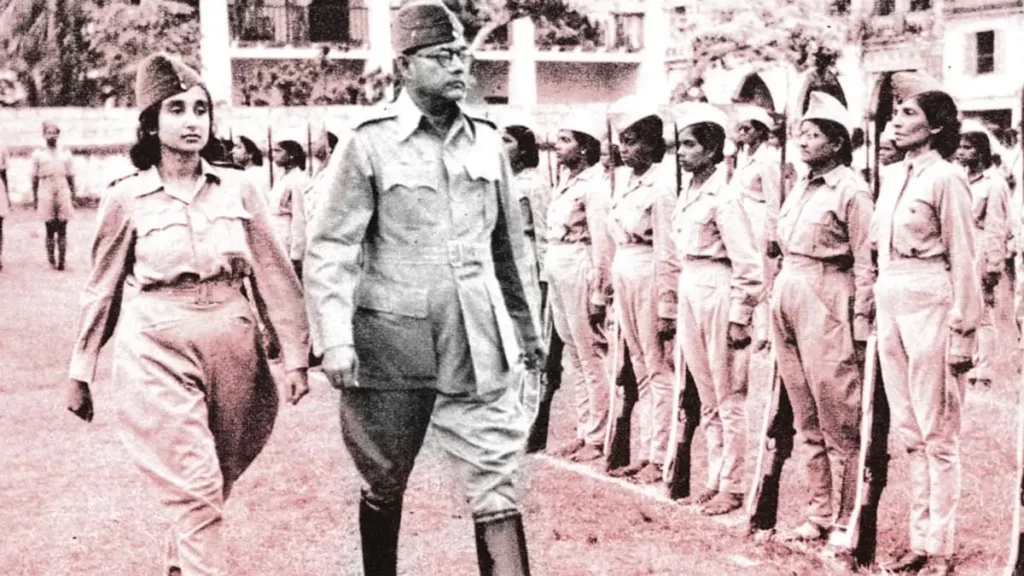
Bose was a progressive leader who recognized the importance of women’s participation in the independence movement. He formed the Rani Jhansi Regiment, an all-women’s regiment of the INA, led by Captain Lakshmi Swaminathan. This was a revolutionary step, symbolizing gender equality and women’s empowerment during a period when societal norms restricted women’s roles.
Controversies and Legacy
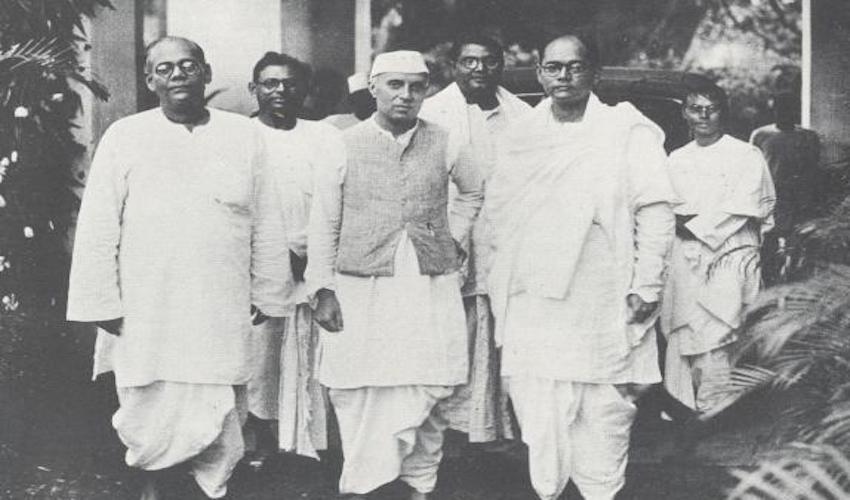
"One individual may die for an idea, but that idea will, after his death, incarnate itself in a thousand lives."
Despite his immense contributions, Bose’s alliances with Axis powers—Nazi Germany and Imperial Japan—drew criticism. Western historians often portrayed him as a controversial figure due to his wartime associations. However, his intentions were clear: to gain external support for India’s liberation.
Netaji’s mysterious disappearance in 1945 remains one of the greatest unsolved mysteries in modern Indian history. Though official records claim he died in a plane crash in Taiwan, several theories about his survival and continued struggle persist.
Bose’s legacy lives on through numerous memorials, institutions, and public commemorations. January 23, his birth anniversary, is celebrated as Parakram Diwas to honor his courage and contributions.
Impact on India’s Independence
Though the INA’s military campaign did not achieve its immediate goal, it played a crucial role in awakening national consciousness. The trials of INA soldiers at the Red Fort in 1945 stirred widespread sympathy and unrest across the country, pressurizing the British government. Many historians argue that this was a decisive factor in Britain’s decision to leave India.
Related posts:
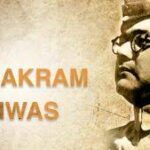 Parakram Diwas 2025: Honoring the Legacy of Netaji Subhas Chandra Bose
Parakram Diwas 2025: Honoring the Legacy of Netaji Subhas Chandra Bose
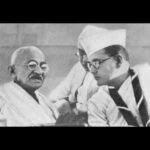 What Was The Role of Subhas Chandra Bose In Indian Independence Movement?
What Was The Role of Subhas Chandra Bose In Indian Independence Movement?
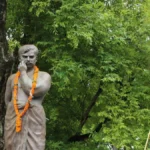 The Role of Chandra Shekhar Azad in Indian Independence
The Role of Chandra Shekhar Azad in Indian Independence
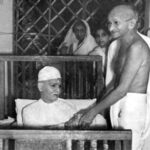 Which Techniques Was Better Udarvadi (Moderate) and Krantikari (Revolutionary) For Indian Independence Movement?
Which Techniques Was Better Udarvadi (Moderate) and Krantikari (Revolutionary) For Indian Independence Movement?
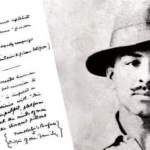 Bhagat Singh’s Jail Diary: A Glimpse into the Revolutionary Mind
Bhagat Singh’s Jail Diary: A Glimpse into the Revolutionary Mind
 The Rise of Kuldeep Yadav: From Chinaman to Champion | Indian Spinner’s Journey
The Rise of Kuldeep Yadav: From Chinaman to Champion | Indian Spinner’s Journey
